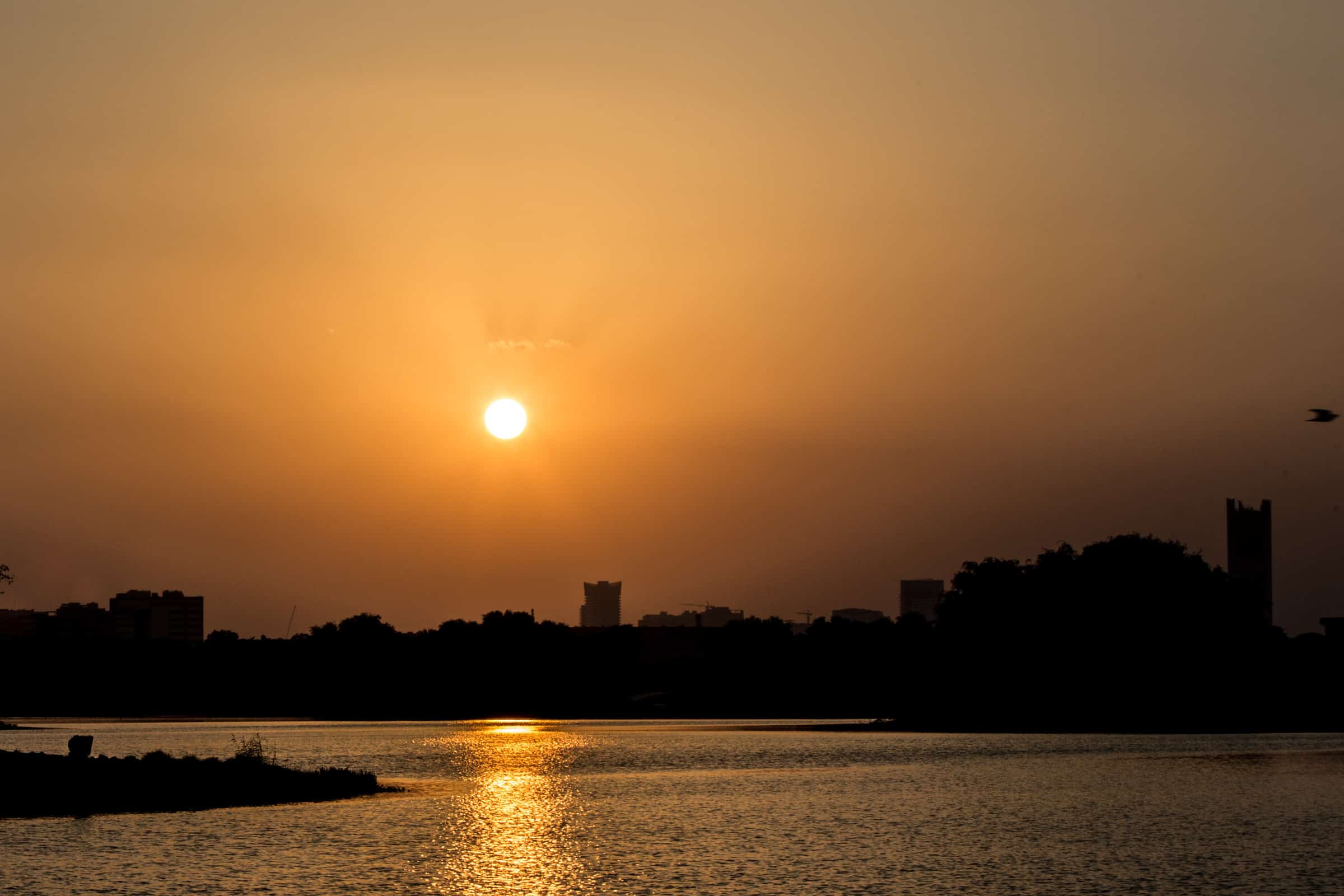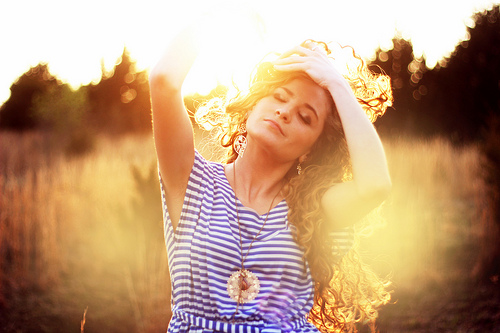
Notice that every other day this time shifts by a minute. You can find what time the sun will rise and shine on pretty much any weather website and app, as well as newspapers if you want to keep it traditional. Planning your golden hour photo shoot starts with deciding on the exact time it will take place.

Or the opposite, if you're brave enough to wake up for a sunrise mission. This is the short time in which the golden hues of daylight merge into the darkness of night.

Those last two degrees to perfect symmetry (when the sun moves from -4° to -6°) are known as the blue hour. The golden hour takes place while the sun is within the space ranging from 6° above the horizon to -4° below it. The period of time during which these conditions occur depends on the elevation of the sun above or below the horizon line. This is also why it's commonly known as the ‘magic hour’. Finding a balanced exposure without losing any detail becomes significantly easier during the golden hour, which is why it's widely considered the best time to take photos. This light is much more even than what we see the rest of the day, diluting the difference of luminance between a scene's light and shadows. Thus the light that reaches us during this period of time is redder and softer. The atmosphere acts as a giant diffuser, and two main things happen as a result of this increased distance: Blue light is filtered out, and the intensity of direct light is reduced. But what is it, exactly? In short, it’s the brief period after sunrise and before sunset.Īs the sun reaches the horizon, the rays of light need to travel through a wider layer of atmosphere to reach the Earth. ‘Golden hour’ is one of the most popular photography terms.
#GOLDEN HOUR TIME PEOPLE HOW TO#
Want to know more about golden hour photography and how to make the most out of it? These ten tips will teach you everything you need to know to shoot outstanding pictures during the most magical time of the day. Due to its unique beauty, the golden hour is widely seen by photographers as the utmost best time to take pictures.

It takes place at dusk and dawn, as the sun is either rising or setting. But if you’re looking to shoot in the richest, most beautiful natural light, you’ll need to aim for the golden hour.Īlso known as ‘magic hour,’ this time of the day is characterized by a soft light that bathes the Earth with a warm glow. There is a general consensus that natural lighting photo shoots should take place early in the morning or in the evening, as sunshine is less harsh than through the day. Unless your photography website is entirely dedicated to astrophotography, you should always plan your photo shoots based on the quality of light available. The tenth shoots only in the studio and couldn’t care less about natural light. Nine out of ten photographers recommend taking pictures during the earlier and later parts of the day.


 0 kommentar(er)
0 kommentar(er)
